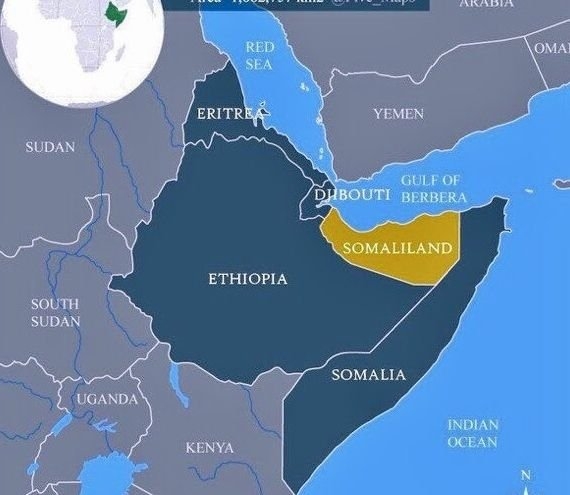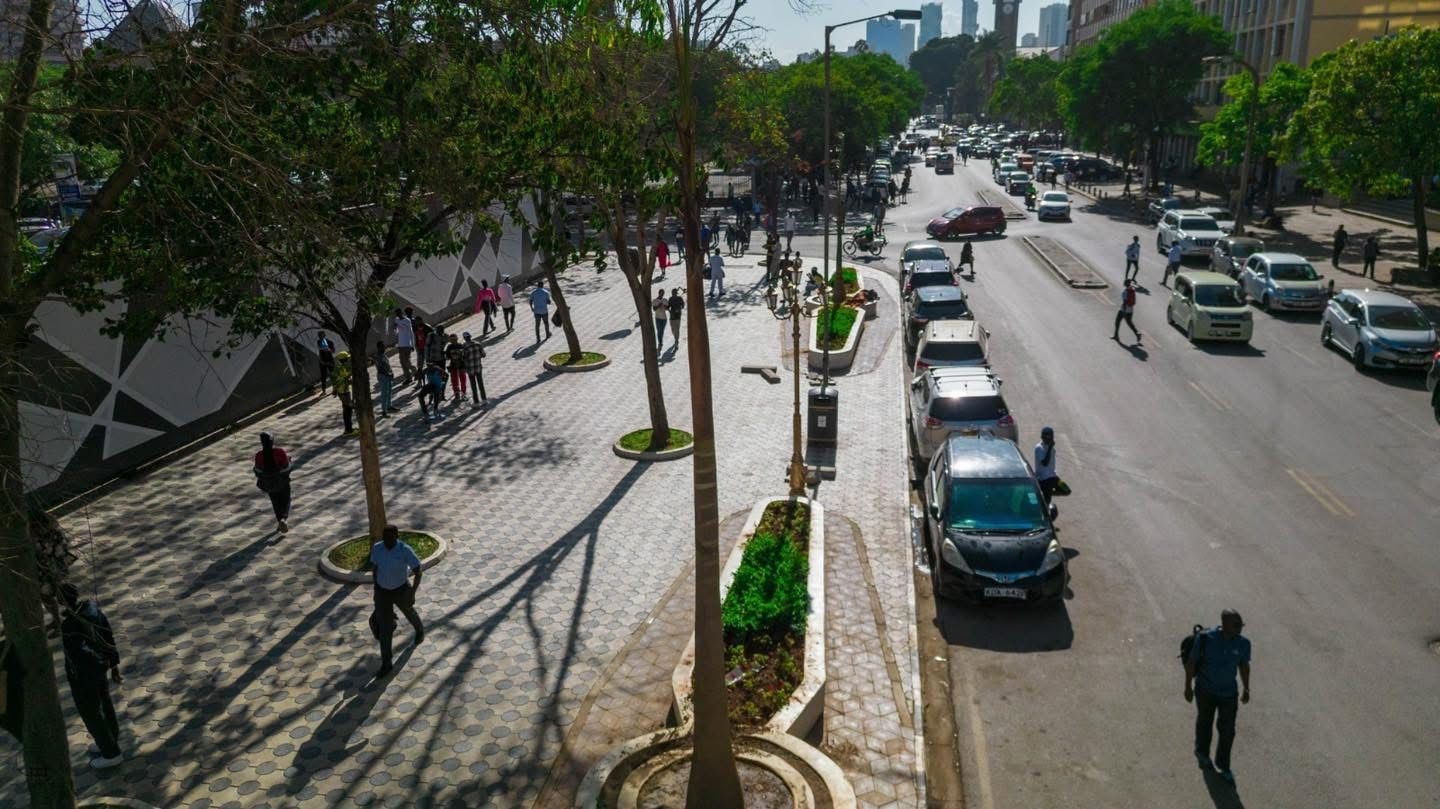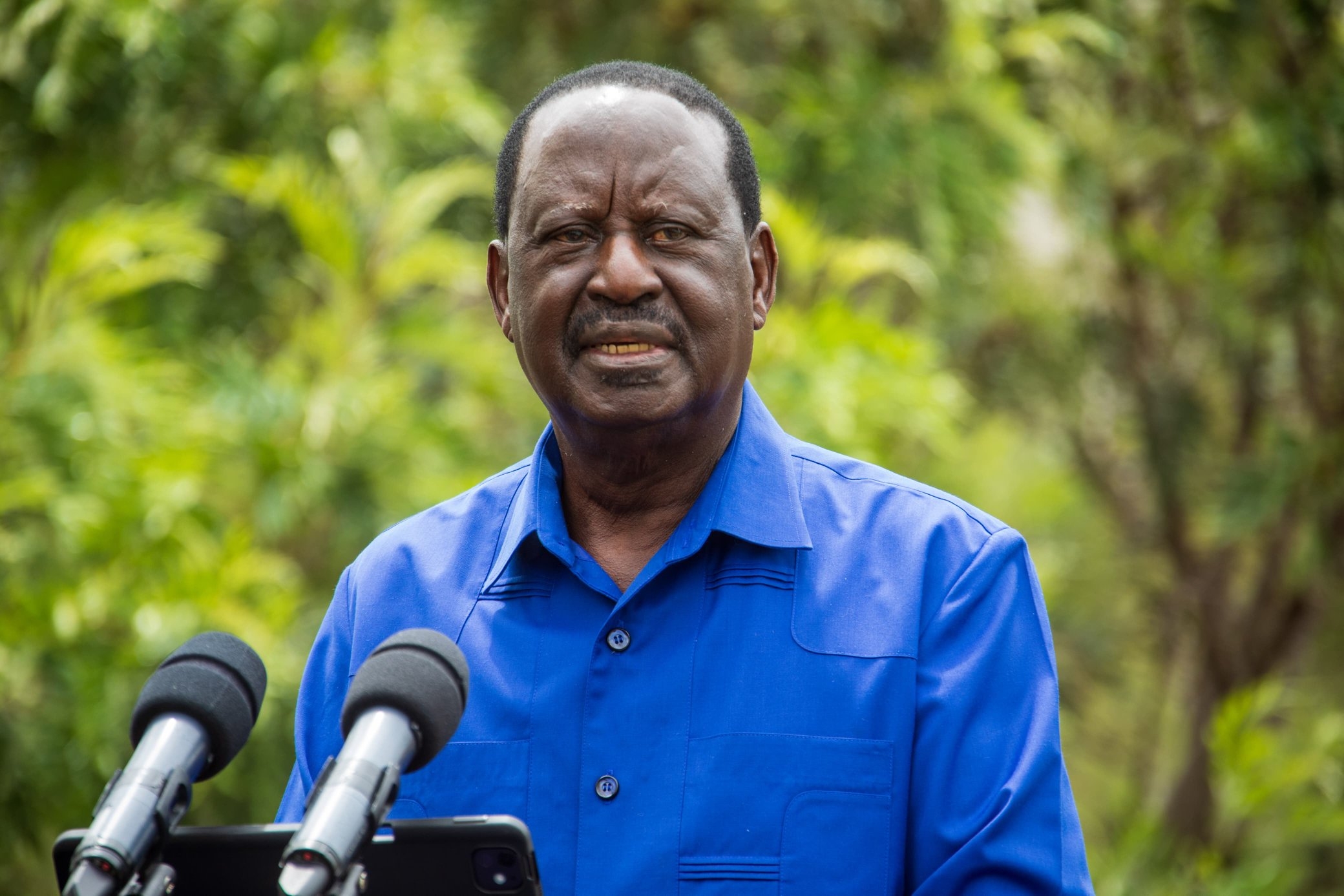Maize prices in Eastern Africa have increased significantly compared to the past two to three months.
As of June 2024, the national average wholesale price of a 90kg bag of maize in Kenya was Sh3,250, according to the Food and Nutrition Security report from the Ministry of Agriculture.
This marked a decline of Sh200 in the past month, attributed to good maize production in 2023.
The AGRA July Food Security Monitor report showed that Ethiopia has the most expensive maize in the region, mainly due to the continuous depreciation of the national currency, poor harvests caused by dry weather conditions, and conflict-related farming and trade disruptions.
The AGRA report indicated that Tanzania’s maize price was the lowest in the region, selling at Sh 31,661 per ton in retail, which is 20 per cent higher than the previous month’s price.
This increase could be attributed to the rising demand for maize from neighbouring Southern African countries.
Maize in Ethiopia continued fetching the highest selling prices at Sh 104,940 per ton in the region, mainly due to the ongoing depreciation of the national currency, poor harvests caused by dry weather conditions, and conflict-related trade disruptions.
The report revealed that the changes in the national average prices of maize and imported rice, on the other hand, show mixed trends compared to the past six months.
“However, compared to a year ago, the prices of maize in Ethiopia, Kenya, Rwanda, Tanzania, and Uganda were lower, which depicts the typical seasonal increase in maize supply in these East African countries. Conversely, the prices of imported rice in the West African countries of Côte d'Ivoire, Burkina Faso, Mali, and Niger were higher than they were in the past six months,” the report read.
Rice is considered one of the major staple foods in East African countries. In Kenya, rice is the third most important staple crop after maize and wheat.
The Food Security Monitor report revealed that the price of rice is highest in Kenya, at Sh161,164 per ton, compared to Tanzania and Rwanda, with the former having the lowest price at Sh99,866 per ton. This marks a decrease of 7.6 per cent from the previous month.
“Rice prices in local currencies of the three monitored East African countries generally show a decrease compared to the previous month, with Tanzania recording a 5% decline compared to Kenya (2.72%) and Rwanda (0.96%),” it showed.
The report further showed that Tanzania’s rice prices show a general decrease over the past 1-12 months, ranging from 5% to 25%, contrary to Kenya, whose prices compared to the last 3-12 months remain higher between 0.08% and 16.07%.
Kenya’s beans (Yellow-Green) are selling at the highest price in the region at Sh206,440 per ton, compared to the lowest recorded retail price at Sh67,407 per ton in Rwanda.
“Beans are considered an important food crop in Kenya; however, low rainfall, poor crop management, low soil fertility, and the use of inappropriate seed varieties can be regarded as reasons limiting the country's ability to produce enough to meet its demand,” the Food and Security Monitor report revealed.
“As a result, prices tend to be high. However, the ongoing seasonal harvests have contributed to a slight price decline of 1.1% from the previous month. The changes demonstrate a price decrease in local currency over the past month in Kenya, Rwanda, and Tanzania.”
The Famine Early Warning Systems Network (FEWS NET) shows that white maize is the main staple grain consumed in Tanzania, Kenya, and Ethiopia. In Uganda, white maize is grown mainly as a commercial crop for export.
FEWS NET monitors trends in staple food prices in countries vulnerable to food insecurity.
















